 When is a Soil Stockpile ‘Waste’, and Can a Hotspot of Asbestos or ACM in a Stockpile be Removed and the Soil be reclassified?
When is a Soil Stockpile ‘Waste’, and Can a Hotspot of Asbestos or ACM in a Stockpile be Removed and the Soil be reclassified?
Generally as consultants we have had a slight confusion on the strict regulation and guidelines information, and information received by NSW EPA in seminars, advice etc, on when contaminated soil becomes waste.
Why is that important?
Simply put, there are two pieces of legislation, and two branches of NSW EPA that regulate under each piece of legislation with different, and in some areas overlapping regulation. The Contaminated Land Management Act 1997, and the Protection of the Environment Operations Act 1997 under which the Protection of the Environment Operations (Waste) Regulation 2014 sits.
The question has been, when does a stockpile become waste?
Compliantly (and sustainability) dealing with asbestos impacted soil for instance, can be a large headache for large construction and development projects. Asbestos impacted soil for instance cannot have asbestos hotspots separated from a stockpile, or be stabalised for reuse under the waste regulations. It can be buried in a containment cell or capped with a long term environmental management plan onsite (which will likely lower the property value) under the contaminated land regulation, but active remediation treatment options have not been available.
In the United States there is a destruction method that appears to be approved. The ABCOV® Method destroys asbestos with a non-thermal, United States Federal Environmental Protection Agency approved, chemical-physical process. The company has also launched in Australia, however we do not know if any projects have been approved by Australian regulators as yet. https://abcov.com/method/
In New South Wales, the answer to stockpile separation and when an item becomes waste was answered in a legal proceeding.
In 2019 a NSW Criminal Court of Appeal (CCA) decision has significantly changed the interpretation and application of waste classifications and offences under the Protection of the Environment Operations Act 1997 (POEO Act). It also helped to clarify when a stockpile is waste, and if asbestos hotspots can be removed from stockpiles.
The decision in Environment Protection Authority v Grafil Pty Ltd; Environment Protection Authority v Mackenzie [2019] NSWCCA 174 set legal precedent that:
- broadened the definition of 'waste' to include materials temporarily stored on a site;
- determined that any portion of asbestos within a stockpile of waste is enough to classify the entire stockpile as 'asbestos waste';
- determined that temporarily stockpiling material on land triggers the scheduled activity of 'waste storage' under clause 42 of Schedule 1 of the POEO Act; and
- made it clear that the burden of proof falls on defendants who assert that a resource recovery exemption applies in relation to obtaining lawful authority to operate a waste facility, and that strict compliance with the requirements of that exemption must be shown.
Recent advice from NSW EPA iEnvi received, included an exception to the above:
The EPA does however allow a stockpile which may have 1 or 2 pieces of asbestos to be re-classified, however a very specific approach must be followed. This includes:
- Segregating the stockpile into multiple smaller volumes, preferably by material type;
- Spreading the material thinly over an area so as all parts of the soil can be visually inspected and sampled at a suitable, high density;
- Re-classification of the segregated section if appropriate;
- Repeat for all portions of the stockpile, not just the area where asbestos was originally found.
- The alternative to the above where a hotspot is considered allowable is in the case of large stockpiles where there is considerable evidence that 1 piece is an outlier. For this to be allowable there must be a significant sample density, of which only one had asbestos. i.e. Only 1 sampled confirmed to contain asbestos in 1000 samples;
- The proponent should then contact the NSW EPA in writing through their mailbox and seek approval for hotspotting this area out. This is mainly only for large construction stockpiles in the 1000's of cubic metre realm.
Disclaimer: The rules for managing asbestos in stockpiles should be verified for your own project with NSW EPA, and the information above should not be relied upon.
RECENT PROJECTS
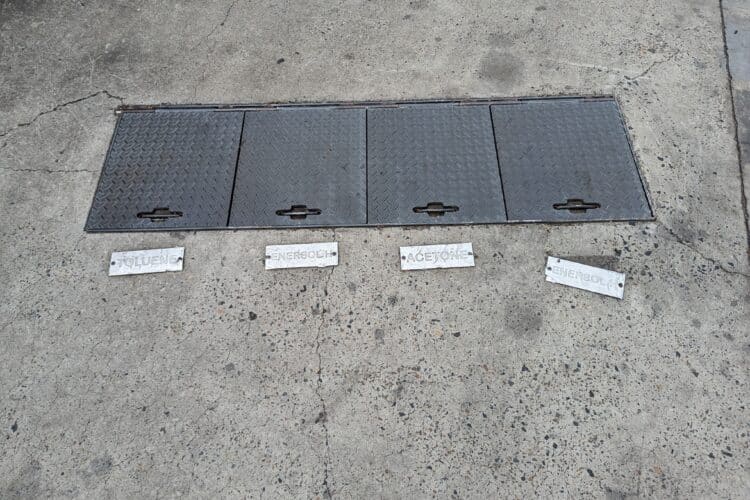
Environmental Delineation Investigation at Industrial Site in Northwest Sydney
Project Overview: iEnvironmental Australia (iEnvi) conducted a Delineation Investigation (DI) at anindustrial site located in the northwest of Sydney, following...
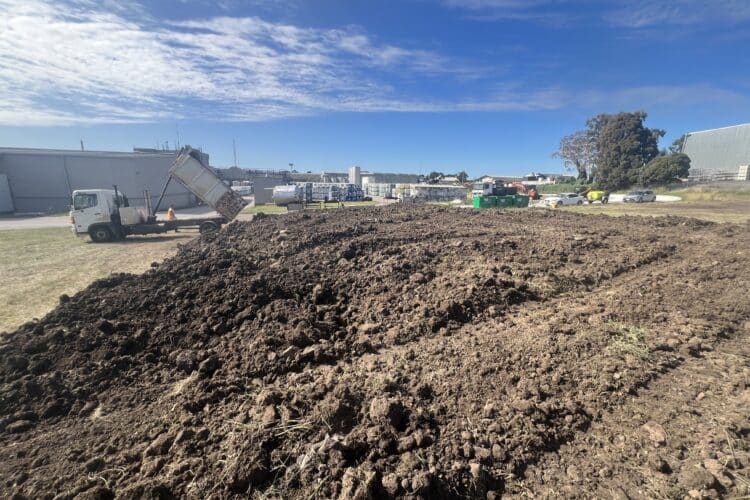
Compliance Investigation &Cost-Effective Remediation and Beneficial Reuse of Asbestos-Impacted Soil at Industrial Site in Victoria
The Victorian EPA requested an investigation at an industrial site in Coolaroo to meet General Environmental Duty requirements. iEnvironmental Australia...
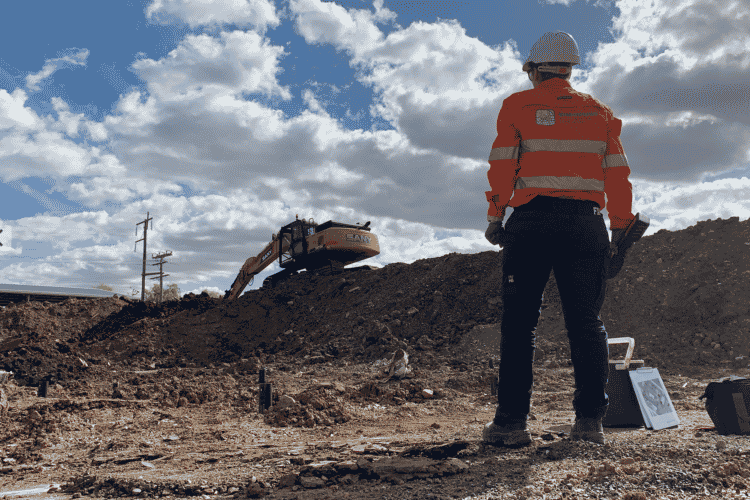
iEnvi's 100 Contaminated Land Experts in 2022!
iEnvironmental Australia's growth in the market means that we're looking at expanding our network of sub-consultants (independent contractors), with a...

Major NSW Infrastructure Project, Environmental Sampling and Waste Classification
iEnvironmental Australia (iEnvi) was engaged by Transport for NSW (TfNSW) to provide waste classification and beneficial reuse assessment near the...
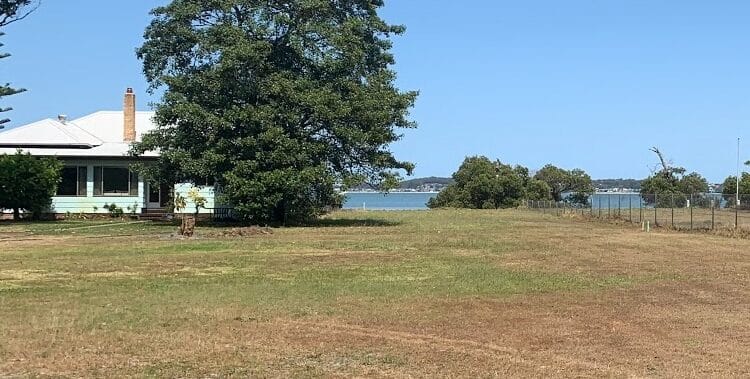
Former Oyster Farm Investigation for Residential Development
iEnvi was engaged by the client to complete a Targeted Soil Assessment relating the footprint of a shed previously located...
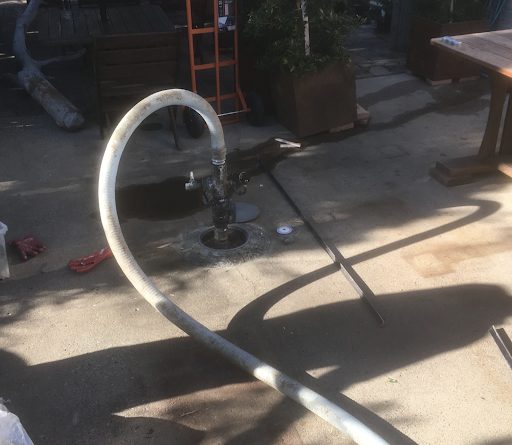
UPSS Abandonment Insitu Via Foam Filling, Sunshine Coast QLD
iEnvi was engaged by a local restaurant owner to manage the decommissioning and abandonment of three underground storage tanks (USTs)...
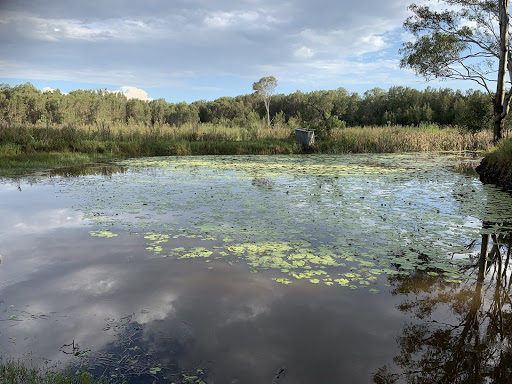
Construction Environmental Management Plan for a Sports Complex, South East QLD
iEnvi were engaged by an engineering firm on behalf of a regional council to undertake a Construction Environmental Management Plan...

Microbiologically Influenced Corrosion Preliminary Study, Mornington Peninsula VIC
Microbiologically Influenced Corrosion (MIC) is a term that refers to the change (either acceleration or inhibition) in corrosion caused by...
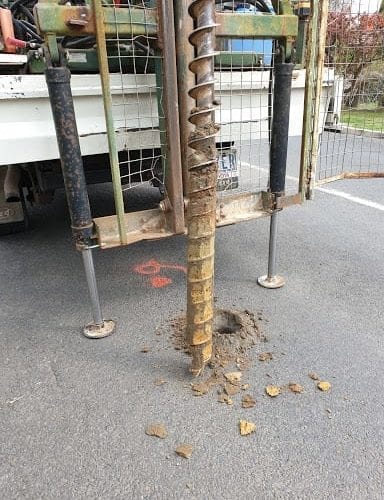
Waste Classification and ENM Assessment, Southern Highlands NSW
iEnvi was engaged by a local council in the Southern Highlands to conduct an insitu Waste Classification (WC) and...
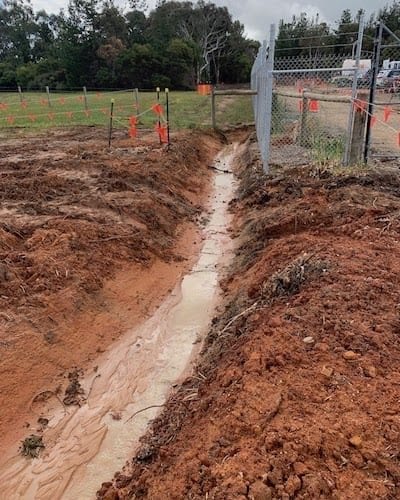
Erosion Sediment Control Plan (ESCP), Mornington Peninsula, VIC
Envi was engaged by a construction company to review and update the erosion sediment control plan (ESCP) as part of...
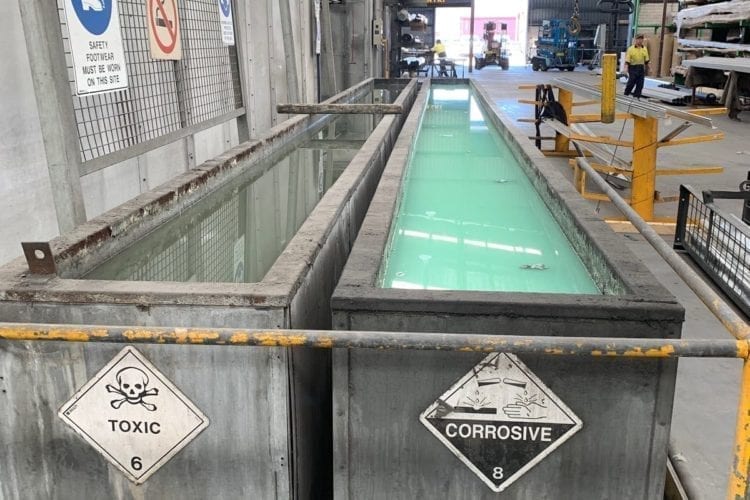
Urgent Preliminary Site Investigations for M&A, Multiple Sites QLD, NSW, SA
iEnvi was engaged by a law firm on behalf of a confidential client as part of merger and acquisition...
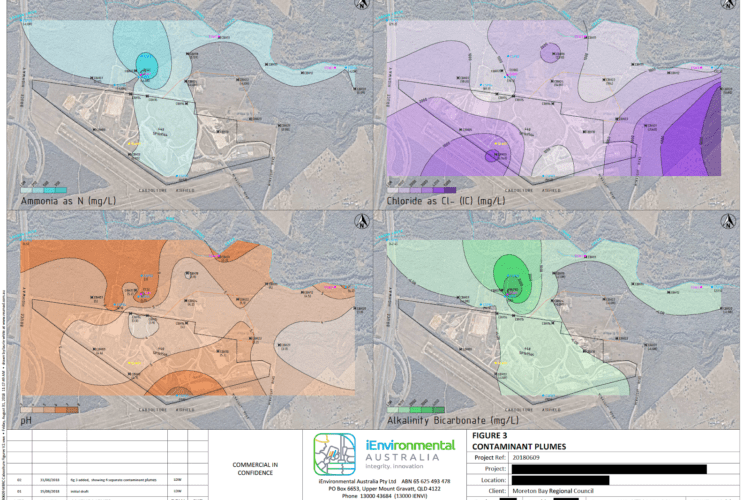
Groundwater and Hydrogeological Investigation of 5 Landfills, QLD
iEnvi was engaged by a Council north of Brisbane, QLD, to review environmental authority (EA) compliance, groundwater trends and risks...
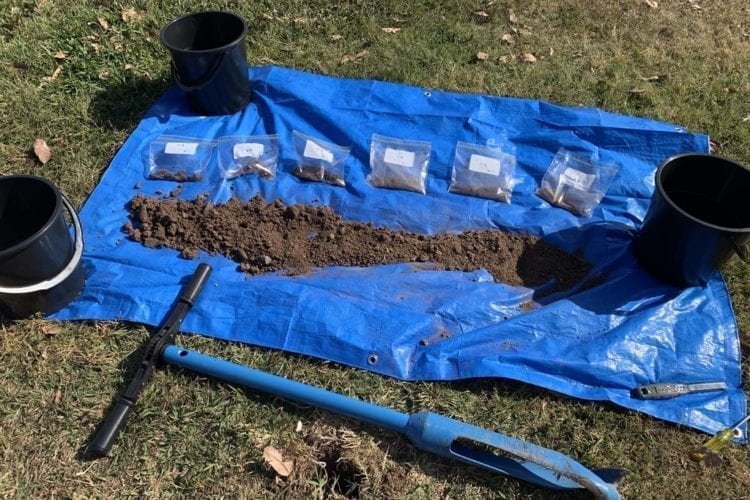
Targeted Soil Investigation and Insitu Waste Classification, Brisbane, QLD
iEnvi was engaged by a large construction company to conduct Targeted Soil Investigations and Insitu Waste Classifications (TSI/WC) in advance...
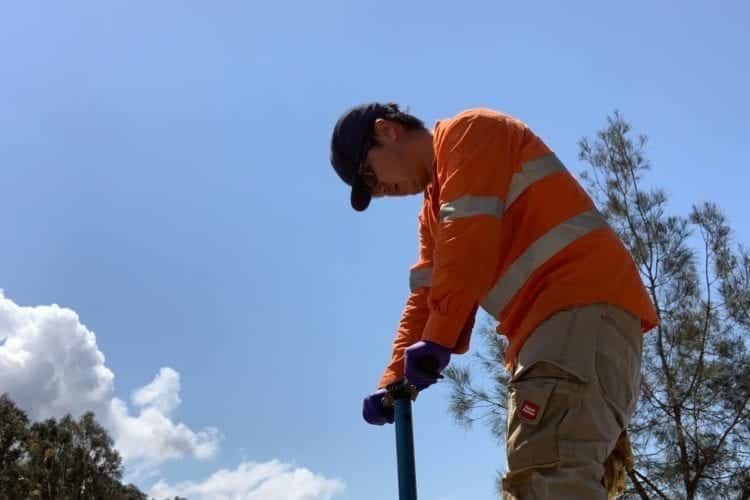
Targeted Soil Investigation, North of Brisbane, QLD
iEnvi was engaged to conduct a Targeted Soil Investigation (TSI) to delineate historical lead from a former rifle range, for...
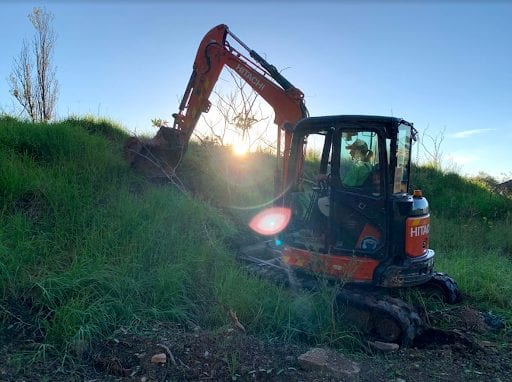
Soil Stockpile Reuse Investigation, Sydney NSW
iEnvi was engaged by an inner western Sydney Council to undertake a soil stockpile reuse investigation at a vacant property....
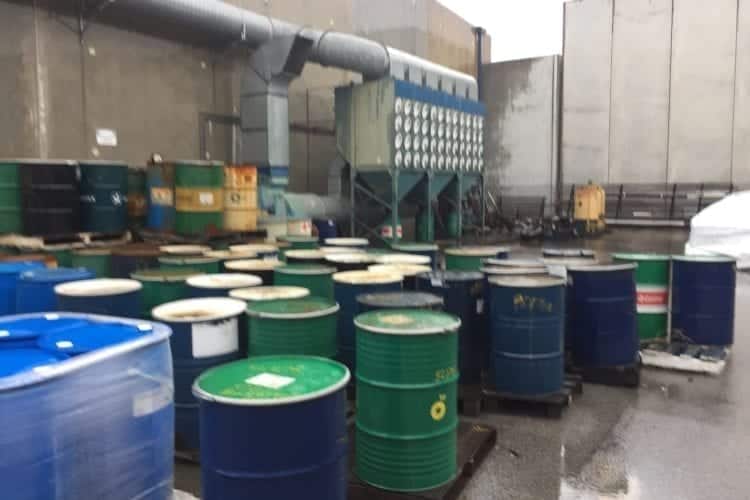
Preliminary Site Investigations for Potential Acquisition, VIC and WA
iEnvi was engaged by an international manufacturing company to undertake preliminary site investigations at two coatings manufacturing facilities in Victoria...
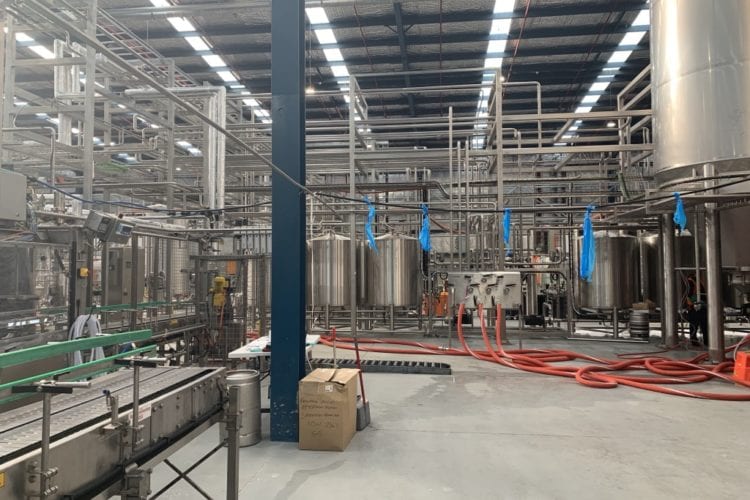
Environmental Management Plan for a Brewery and Wastewater Treatment Plant, Goulburn NSW
iEnvi was engaged by a brewing company to complete an Operational Environmental Management Plan (OEMP) for a new brewery...
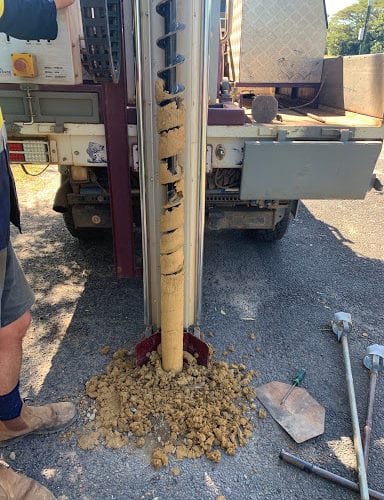
UPSS and Detailed Site Investigation for a Rural Service Station in Far North Queensland
iEnvi was engaged by a company to complete an Underground Petroleum Storage System (UPSS) and Detailed Site Investigation (DSI) for...
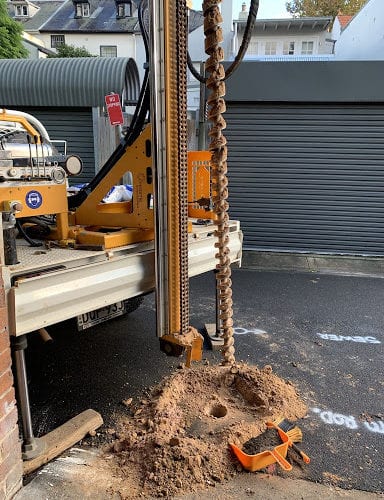
Law firm engagement for Preliminary and Detailed Site Investigation of Former Service Station, Inner Sydney NSW
iEnvi was engaged by a law firm to complete a preliminary site investigation (PSI) and underground petroleum storage system (UPSS)...
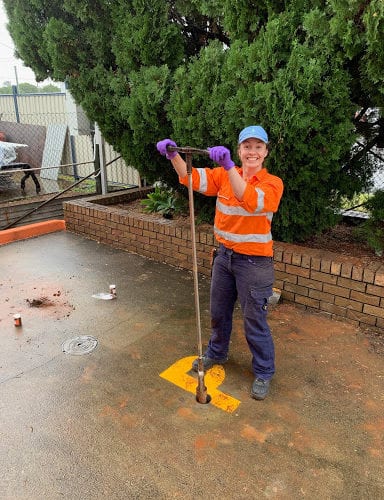
Preliminary Site Investigation of a mechanic workshop for finance approval, Wynnum QLD
iEnvi was engaged by a private company wishing to purchase a mechanic workshop in Wynnum, Queensland and a preliminary site...
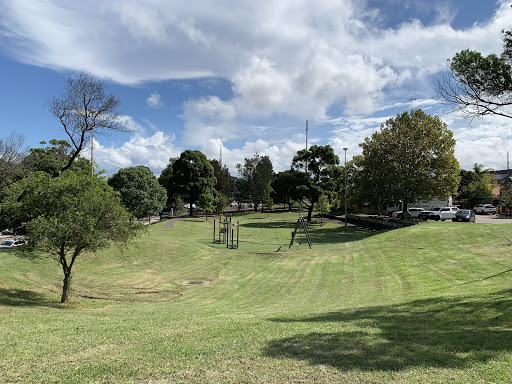
Innovative and cost-effective soil investigation, Sydney NSW
In early 2019, iEnvi completed multiple preliminary site and soil investigations at recreational use parks in inner Sydney suburbs prior...
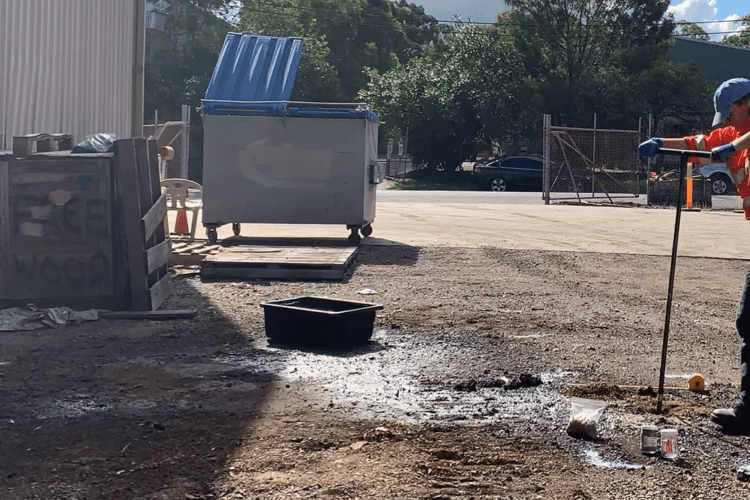
Cost Efficient Remediation for Hydrocarbon Contamination, Newcastle and Wollongong, NSW
iEnvi was engaged by a client’s legal department as part of a merger and acquisition due diligence to undertake preliminary...
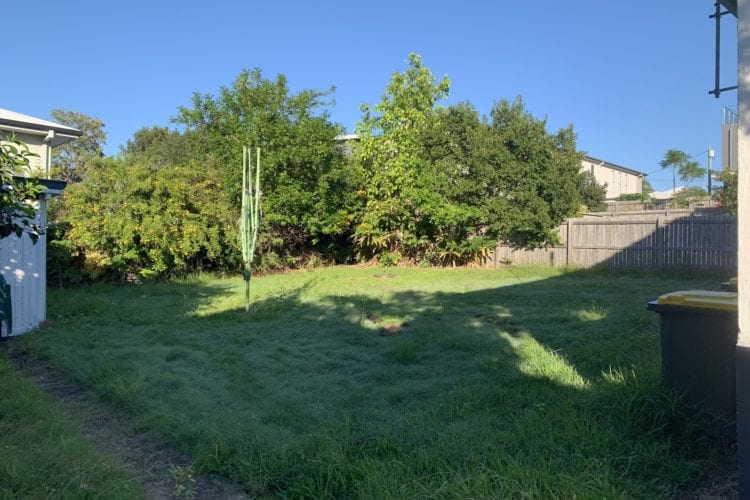
Soil Investigation and Potential Soil Reuse, Brisbane QLD
iEnvi was engaged by a childcare centre development company to undertake soil sampling at a residential site prior to the...
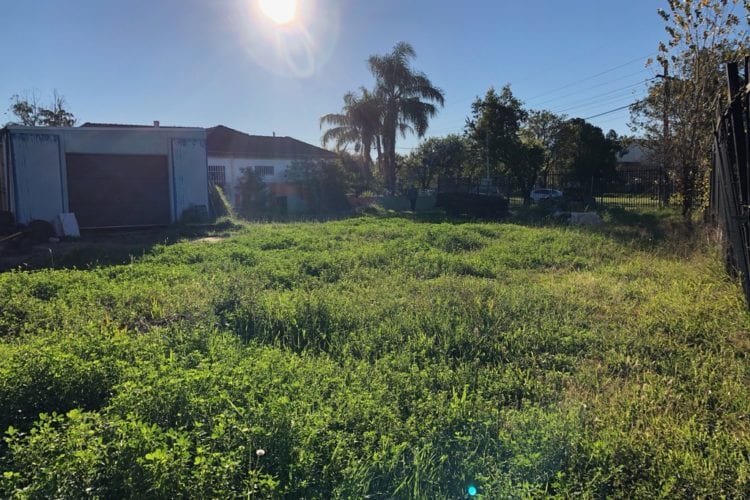
Housing Development Application, Sydney NSW
iEnvi was engaged by a client to undertake a preliminary site investigation and soil sampling (PSI) at a property in...

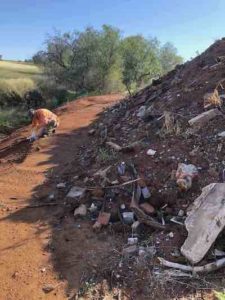 When is a Soil Stockpile ‘Waste’, and Can a Hotspot of Asbestos or ACM in a Stockpile be Removed and the Soil be reclassified?
When is a Soil Stockpile ‘Waste’, and Can a Hotspot of Asbestos or ACM in a Stockpile be Removed and the Soil be reclassified?